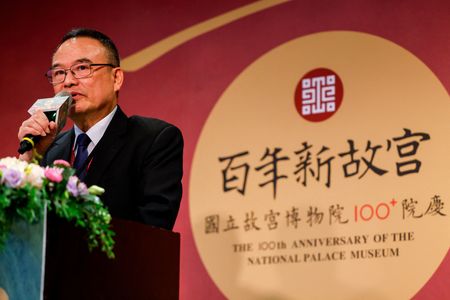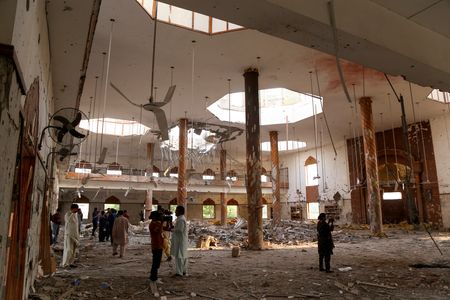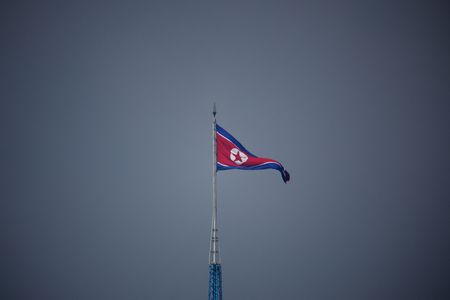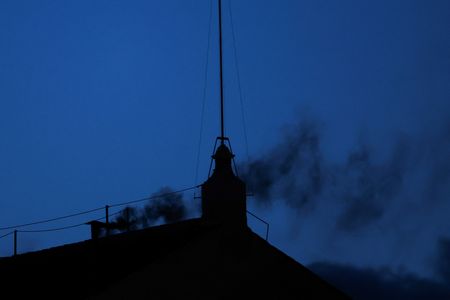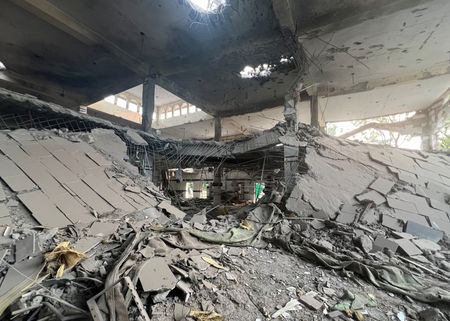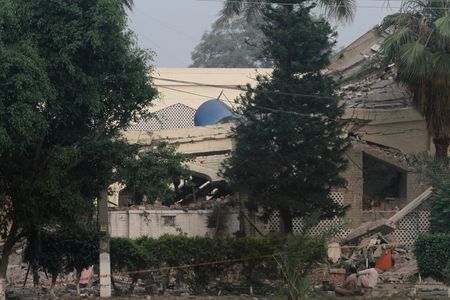By Ben Blanchard
TAIPEI (Reuters) -Taiwan’s National Palace Museum, home to one of the world’s biggest collections of imperial Chinese treasures, does not plan any joint events with China for its 100th anniversary due to Beijing’s military threats, its director said on Wednesday.
The museum was re-established in Taiwan in 1965 after the Republic of China government lost a civil war with Mao Zedong’s communists and fled to the island in 1949, taking with them thousands of cases of antiques once owned by China’s emperors.
A competing institution remains in Beijing, the similarly named Palace Museum.
Speaking to reporters at the museum in the Taipei foothills, National Palace Museum Director Hsiao Tsung-huang said cooperation with Beijing’s museum needed both sides to be willing to work together.
“Whether it’s fighter jets, navy or civilian ships going up and down the Taiwan Strait, there is no opportunity like there was before for mutual friendliness or cooperation,” he said, referring to China’s almost daily military activities around Taiwan.
“We’d be happy to see it, but at the moment the other side hasn’t taken the initiative to talk, and we even more cannot take the initiative to talk to them,” Hsiao added.
The Palace Museum in Beijing did not immediately respond to a request for comment.
Instead, Taipei’s museum will send some of its collection to Prague and Paris this year, with the Qing dynasty Jadeite Cabbage, one its most famous pieces which rarely leaves Taiwan, going on display at the Czech Republic’s National Museum.
Next month, the National Palace Museum will also host an exhibition of French impressionist and modernist art from New York’s Metropolitan Museum of Art.
The National Palace Museum holds more than 690,000 items. More than 80% of them are from China’s last dynasty, the former Qing court, which was overthrown in 1911.
A second branch of the museum opened in the southern county of Chiayi in 2015, and is being expanded to enable the public to see even more of the collection’s artefacts. It will have a special focus on some of the museum’s rarest pieces which Taiwan terms “national treasures”.
(Reporting by Ben Blanchard; Editing by Kate Mayberry)

